Tribute to the mother figure in animals on the occasion of Mother’s Day
hace 4 yearsThis weekend, May 1st and 2nd, we honour the mother figure in the animal world and the role that females play in the care of their babies on the occasion of the celebration of Mother’s Day. We have prepared a special programme of special enrichment activities to commemorate this festive.
Shiwa, the female rhinoceros, who gave birth to Duna in 2019, will be the protagonist of the environmental enrichment programme. The team of zookeepers will make a huge heart with more than 20 kilos of fruit and vegetables to value the work that she performs within the education and upbringing for the survival of her baby. The Indian rhinoceros is in danger of extinction and Terra Natura Benidorm is the only zoo in Spain that has achieved the reproduction of this species.
In addition to this activity, enrichments will also be offered to saimiris, siamangs, gibbons, marmosets and capuchin monkeys. For Shanka, the dominant female of siamang, branches and flowers have been prepared that will be delivered next Sunday to vary her diet and with it her entertainment routine. The zookeepers of Terra Natura Benidorm will offer a talk about this species, its characteristics when caring for its babies and its state of conservation.
On the other hand, gibbons will receive a special diet that can be seen by visitors. In the family group of this species, the figure of Amy stands out, which has always been attentive and affectionate in the process of raising her babies. The marmosets will be given porridge and dark beetles to celebrate the Mother’s Day festive, and the capuchin monkeys will taste a dish prepared with onions and assorted fruit, as well as branches to play with.
Maternal behaviours that leave a mark
The care given at Terra Natura Benidorm and the adequate environmental conditions of the facilities to the adaptation of the species, favours the adequate reproduction of the animals. The females that live at the park show attentive and exemplary maternal behaviours, which helps the care and survival of the offspring together with the rest of the group. By now, the reproduction of marmosets, storks, capuchin monkeys, ocelots, jaguars, muntjacs, siamangs, white-handed gibbons, chitales, barasinghas, tigers, Indian rhinos, flying foxes, snakes and rainbow lorises, has been achieved.

